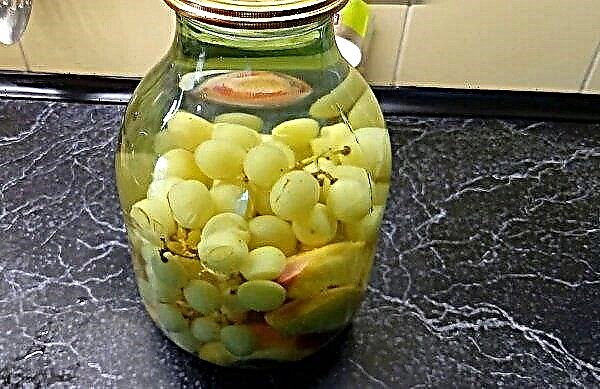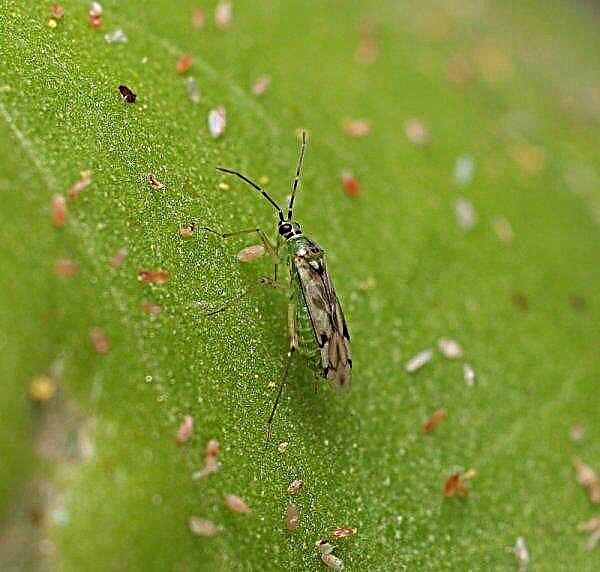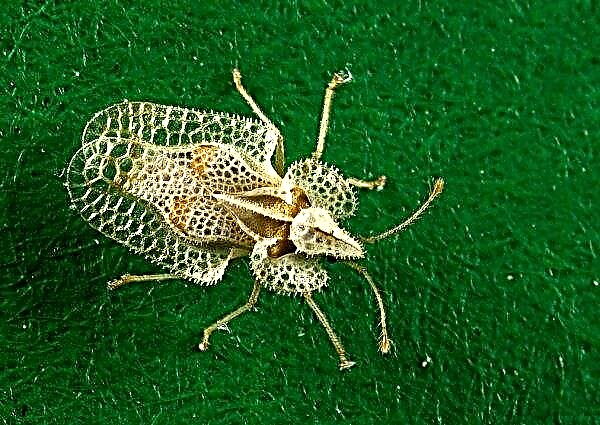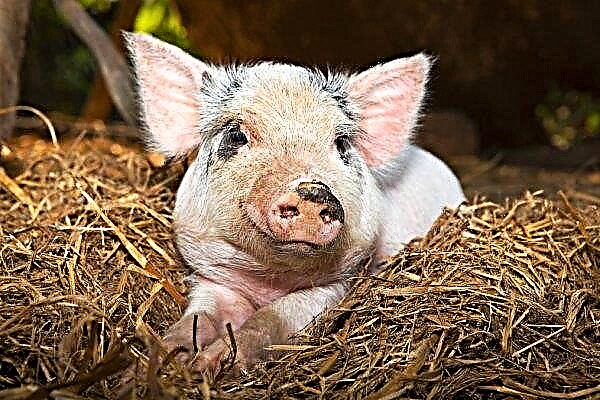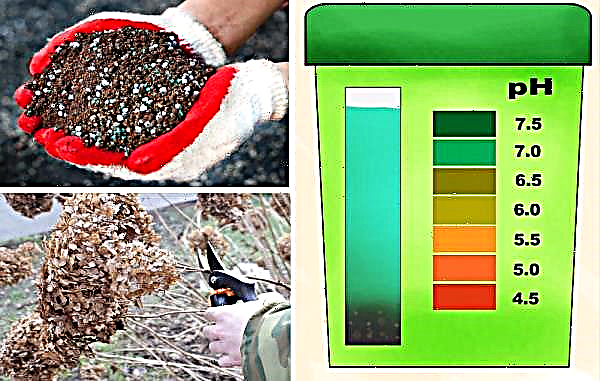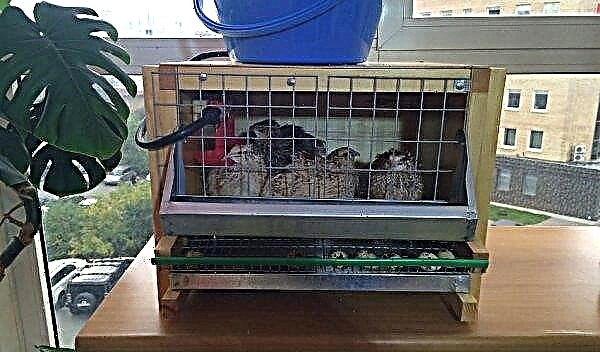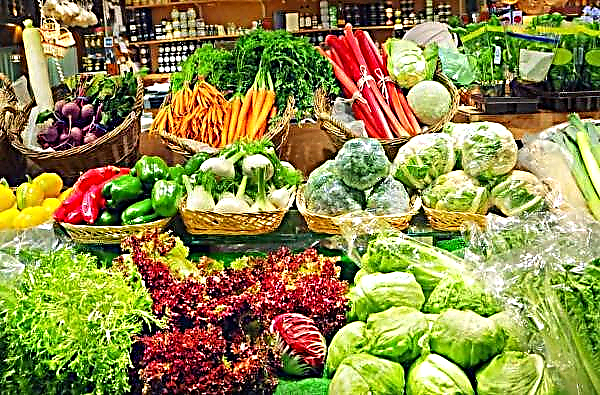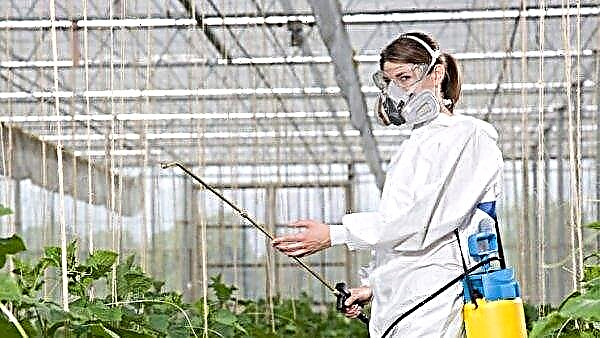In recent days, it has been confirmed that pineapple and marijuana crops have invaded the wild areas of Costa Rica. It is no secret to anyone that there are good intentions in Costa Rica to conserve land, fauna and flora, but these protected areas have been seized by illegal crops.
In recent years, pineapple and marijuana crops have appeared in protected areas. In the case of pineapple, the impact is important, since only in 2017 3824 hectares. this culture was planted in the protected wild areas of the country; this territory is larger than that of the cantons of Montes de Oca and Kerridabat combined.
Violation was found in several areas located in the northern, Caribbean and South Pacific regions.
Despite less impact, marijuana crops have also penetrated protected areas. According to the report, from 2007 to 2018. 35 ha. Cannabis was seized within protected wild areas, mainly in the La Amistad National Park in Talamanca.
 The very first records of marijuana use date back to the third millennium BC.
The very first records of marijuana use date back to the third millennium BC.
Studies show that protected areas of Costa Rica are very vulnerable to agricultural development. The Ministry of Environment and Energy stated that there is no control or monitoring of the use of agrochemicals in these areas.
It is worth mentioning what was announced in a study by the National University: protected areas are of great economic importance to Costa Rica, as they generate about 3% of GDP, mainly due to tourism.
- The student initiative of the University of Leibniz in Hanover has developed a way to turn waste from pineapple into paper.
- Ukrainians are asking the Verkhovna Rada to legalize medical marijuana.
- Scientists from Singapore and Vietnam decided to turn hundreds of millions of tons of pineapple waste accumulated in their countries into something useful.
- To influence the taste of honey, the farmer decided to feed the bees ... hemp.
- Earlier we reported that 3 thousand hectares of pineapples died from drought in Mexico

